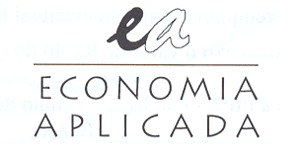Forecasting performance is tested for a broad set of empirical exchange rate models for an emerging economy with independently floating regime and inflation target monetary arrangement. Compared to the recent literature on out-of-sample exchange rate predictability, we include a more extensive set of models. We test vintage monetary models of the 1980's, exchange rate equilibrium models of the 1990's and a Taylor Rule based model. This last model assumes an endogenous monetary policy, where the Central Bank follows a Taylor rule reaction function to set interest rates. Our results show that Taylor Rule models and Behavioral Equilibrium Exchange Rate models, the last one combining productivity differentials with portfolio balance effect, have superior predictive accuracy when compared to the random walk benchmark. Some out-of-sample predictability is also obtained with parsimonious models based on uncovered interest parity arguments.
Taylor rule models; monetary models; out-of-sample exchange rate predictability; cointegration; mean correction error models






























